Years ago while I was finishing up my master’s degree, I was also substitute teaching. Which may put me in the category of Wimp-I know many of you continue your education while teaching full-time. I salute you for that.
I had a 6 week assignment to teach a 2nd grade class during the teacher’s maternity leave. It was a dream. Teacher had left concise lesson plans and extra activities to be used as needed, for every day. So once I learned the children’s names, we sailed. We were able to follow her plans exactly, the children kept up their hard work, it was clear they missed their teacher, and wanted to make her proud of them. They were used to that.
There were several students with an IEP, 5, maybe 7. The classroom accommodations were well chosen and easy to follow, and Teacher had left me personal notes about the children’s preferences and quirks. When one was pulled out for the resource room or a related service, they knew exactly what to take with them, they were cheerful to go, and to return. They were very nice, very well-prepared children.
Of course if your absence is sudden, this kind of preparation is likely impossible. When I complimented Teacher on making this experience seamless, she said, modestly, “Well, I did have several months to get this ready for you.” I would come to learn though, that her preparation went way beyond concise instructions and great lesson plans for the sub.
Every morning I would greet the students at the door. I remember those sweet little faces, and it’s one of the things I miss the most about not being in the classroom: those shiny happy little faces in the morning, usually with a story they wanted to tell.
The children would hang up jackets and backpacks and put away personal belonging, sort their homework papers in specific boxes, and then they could go to centers while they waited for the bell. I loved to quietly hang out around the classroom and listen to the conversations during this morning transition.
One tiny little girl wanted to take care of everyone: if someone sneezed, she got them a tissue. If someone coughed, she patted their back, if someone was sad or disappointed, she supported them: “It will be all right. Today at lunch, you can sit with me.” Both her parents were nurses, Teacher had written, “she will remove her shoes and give them away if someone asks for them.” She told me to “intervene as needed.” This one had vision in only one eye, and wore very thick glasses. She was a heart-stealer.
One little boy was noticeably sullen and gruff, but soon I saw that he was very sensitive and often had his feelings hurt by the more outgoing children. Eventually, I won him over with smiles and attention, and learned that his parents were separated. He was with this mom during the weeks, and with his dad on weekends. His sister, who was in middle school, did the opposite: she stayed at their dad’s apartment during the week, because it was closer to her school, where she was involved in cheerleading and clubs. Then she came to their mother’s home on weekends. They saw each other for just a little while during this child-swap, and sometimes a parent would take them both for ice-cream or go shopping. But, he really missed his sister. I emailed teacher, she knew of the separation but did not know his sister had moved. She would communicate with mom.
Even while caring for her new baby, Teacher wanted daily updates on her kids, wanted them to know she was thinking of them. Her love for these children was a major support in their lives. She sent me emails of encouragement to share, and pictures of her baby sleeping.
It was clear that these young students had been infused with certain competencies that would, I hoped, stay with them throughout school, college, life: The children possessed a level of self-control that was obvious when they waited their turn, raised their hands to speak, and did not constantly nag me, “just a sub” to get a hall pass for the restroom, go to the nurse, or call their mother. Their class had a schedule for certain activities, and usually no one made requests to vary from that. I had subbed for older students who were way less mature!
They were decision makers. For instance, to choose a center, they had to remove a tag from the wall, for the center they wanted to play in at a given time. There were 5 centers, and no more than 5 students could be in a center at the same time. Also, they could not just move from center to center. This was understood, and although sometimes someone might show brief disappointment when a friend could not choose the same center they were in, every child would interact with anyone else in the center. They had to choose, they knew to follow the rules.
Most of the students presented a sense of autonomy. Now and then someone would have a “moment” or a little “meltdown” but largely these students knew who they were and why they were at school: to learn. There was a little girl with mild CP, who obviously moved and walked differently from the others. She wore it well, so her physical differences were accepted by the others. For instance on Fridays after lunch, I would write sentences with errors for them to correct. She would come on up in her jerking little gait, and do her work like everyone else, unembarrassed. If she dropped her dry erase pen, she would awkwardly pick it up and move on. She got applause, like everyone else, and she expected it.
This classroom experience was wonderful for me as a beginning teacher. Teacher insisted she had great kids from great families, but I learned from conversations with others, the PT, SLT, and the teachers on my hall, not all of the kids came from stable families. There were divorces, a jailed father, couple of addictions, some domestic abuse. What I’ve come to regard as “normal traumas.” Teacher saw what was lacking and endeavored daily to fill in the gaps. She developed relationships with the parents where she could, and especially with her students. They trusted her, she valued their trust, and they learned from her that even if things at home were imperfect, there are codes to living in the world away from home that will allow us to experience success.
These were 23 small people learning to navigate a big world, and it was fascinating to be a part of that from a different perspective: not as a parent, and not as a constant figure in their lives. In fact it made me sad to know I might never see them again. But for thirty days I developed relationships with nearly 2 dozen little people, who knew how to do that because of an exceptional teacher who understood the value of human connection.
Rita Pearson: Every kid needs a champion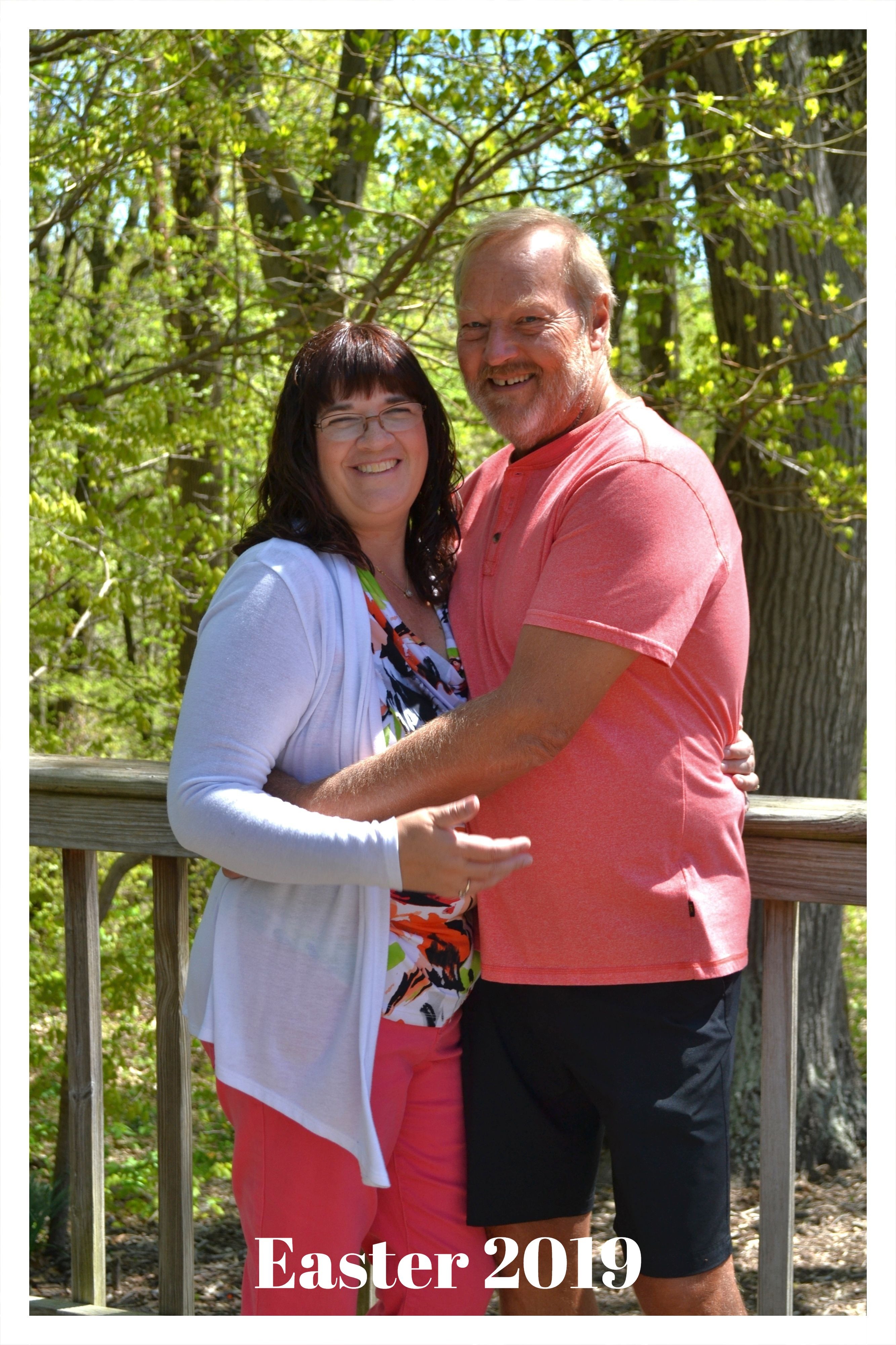
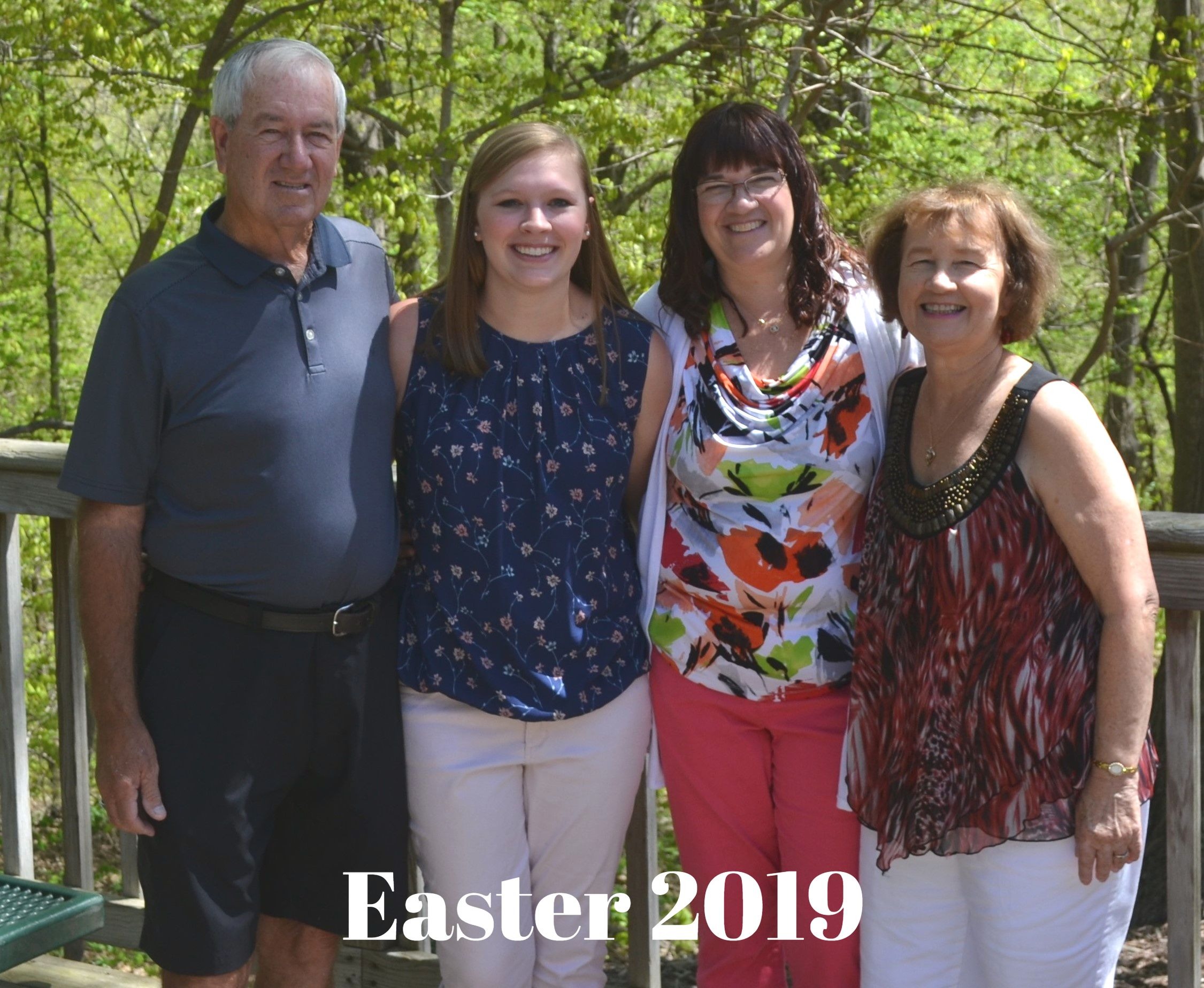
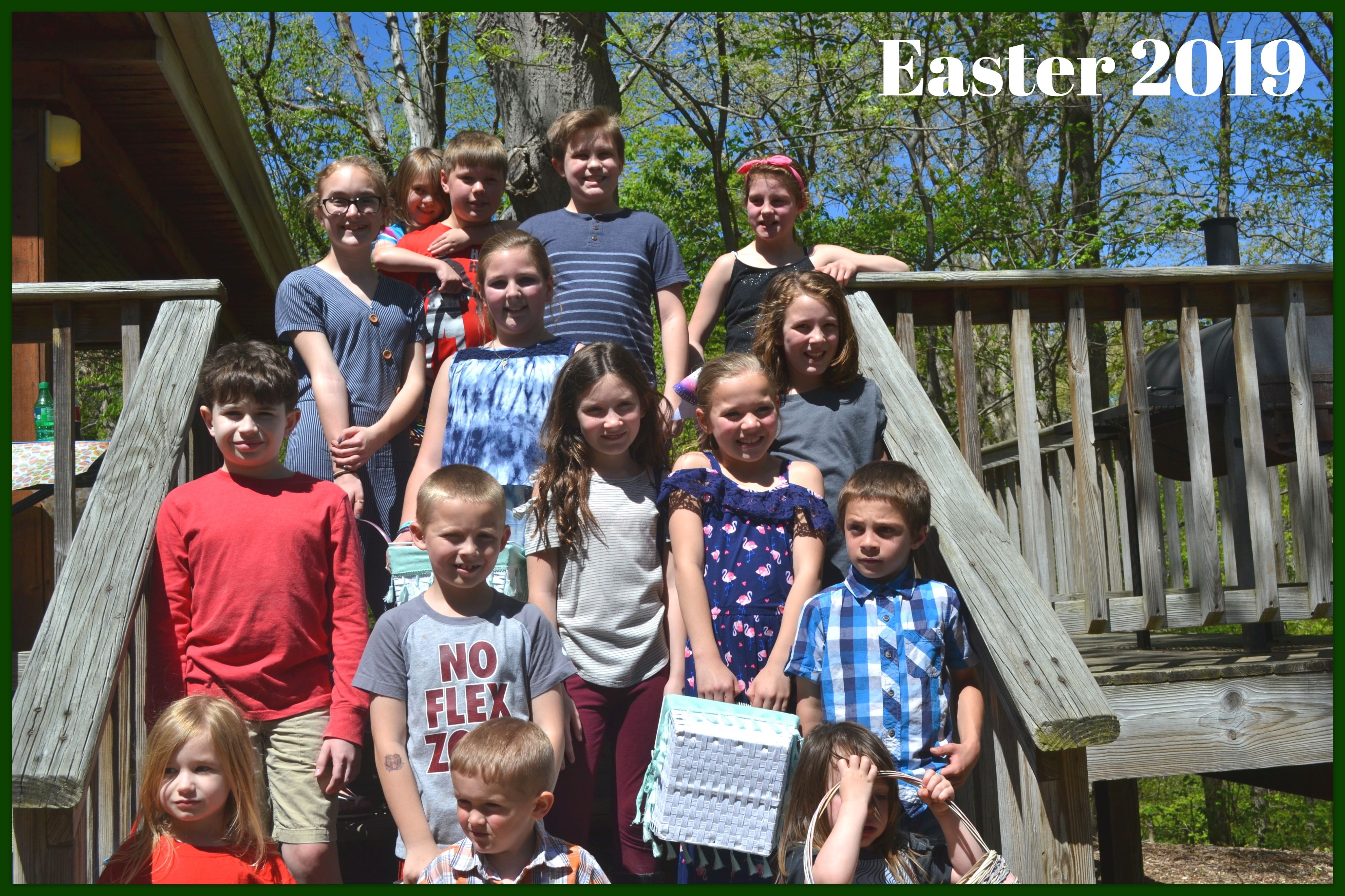

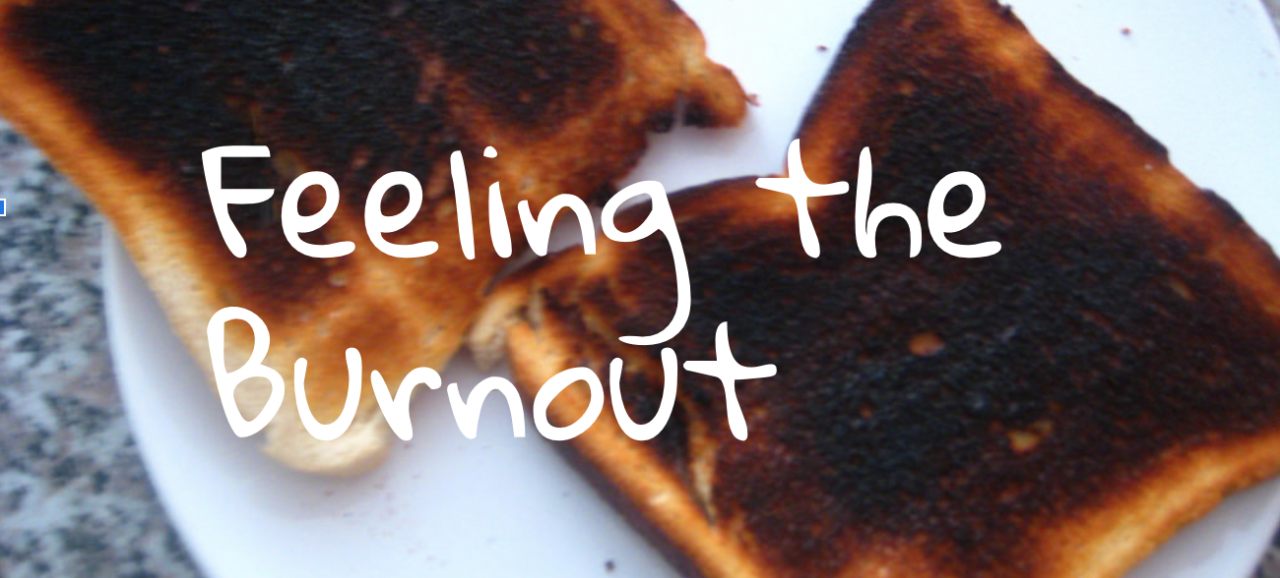
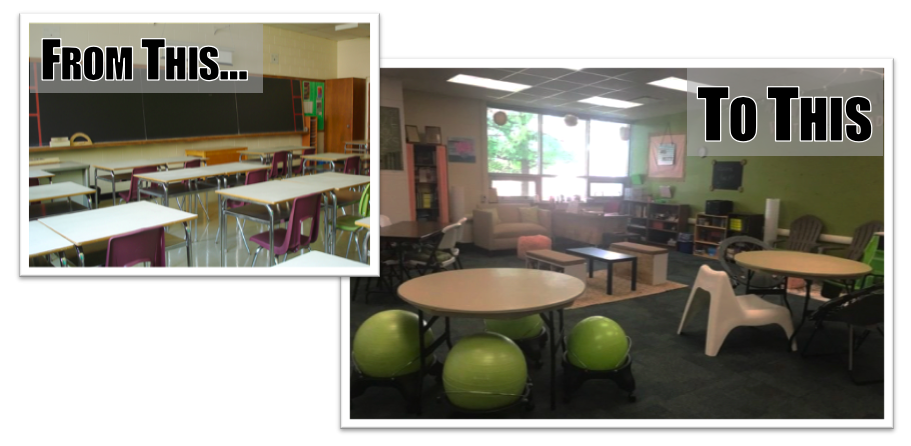
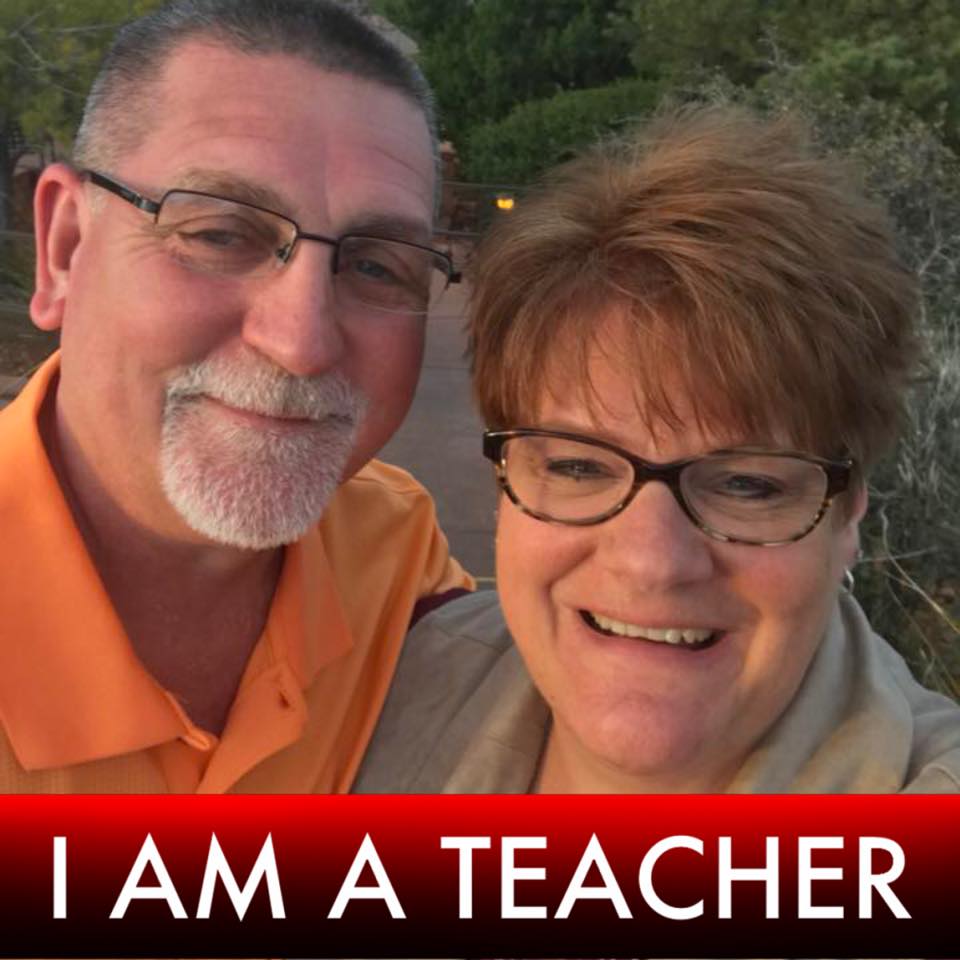
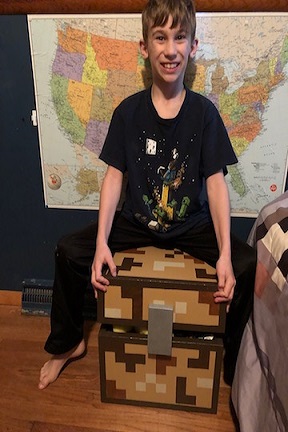

 s changed significantly in the last 25 years. It is now seen as a leader in terms of technology, science and medical advancements and is well on its way to becoming a global technology hub. With a heavy emphasis on education, our universities have developed reputations for developing highly skilled graduates in every area of employment from business, technology and engineering to science, the arts and education. These higher education bodies have developed programmes to accommodate a range of learners from different backgrounds including socio-economic disadvantaged, asylum seekers, mature students and students with disabilities.
s changed significantly in the last 25 years. It is now seen as a leader in terms of technology, science and medical advancements and is well on its way to becoming a global technology hub. With a heavy emphasis on education, our universities have developed reputations for developing highly skilled graduates in every area of employment from business, technology and engineering to science, the arts and education. These higher education bodies have developed programmes to accommodate a range of learners from different backgrounds including socio-economic disadvantaged, asylum seekers, mature students and students with disabilities. 

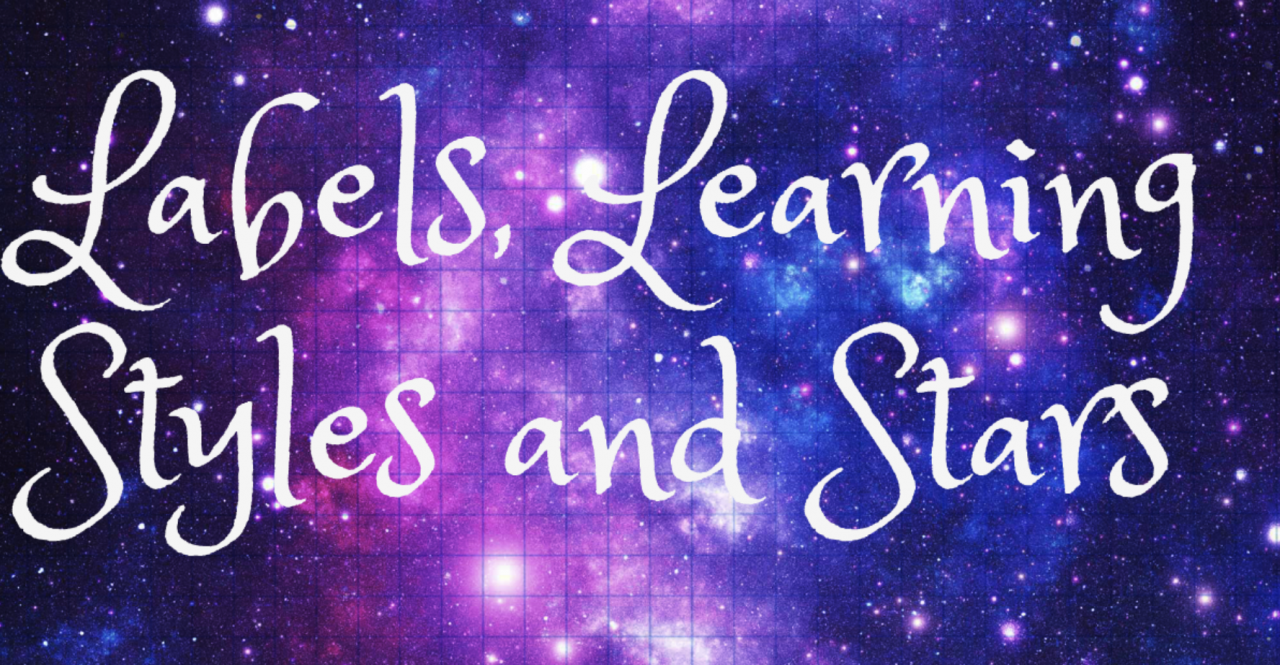
 In the field of education and especially in Speech-Language Pathology we are always talking about communication and how communication is key. But often as educators and therapists we find it difficult to communicate with non-verbal or quiet individuals. Why is that?
In the field of education and especially in Speech-Language Pathology we are always talking about communication and how communication is key. But often as educators and therapists we find it difficult to communicate with non-verbal or quiet individuals. Why is that?  A question we frequently get asked at PATINS is, “How can I provide captioned media and content for my students?” We’ve found unique situations within many of these requests. These range from wanting to add captions to the morning high school announcements to providing captioned media
A question we frequently get asked at PATINS is, “How can I provide captioned media and content for my students?” We’ve found unique situations within many of these requests. These range from wanting to add captions to the morning high school announcements to providing captioned media 
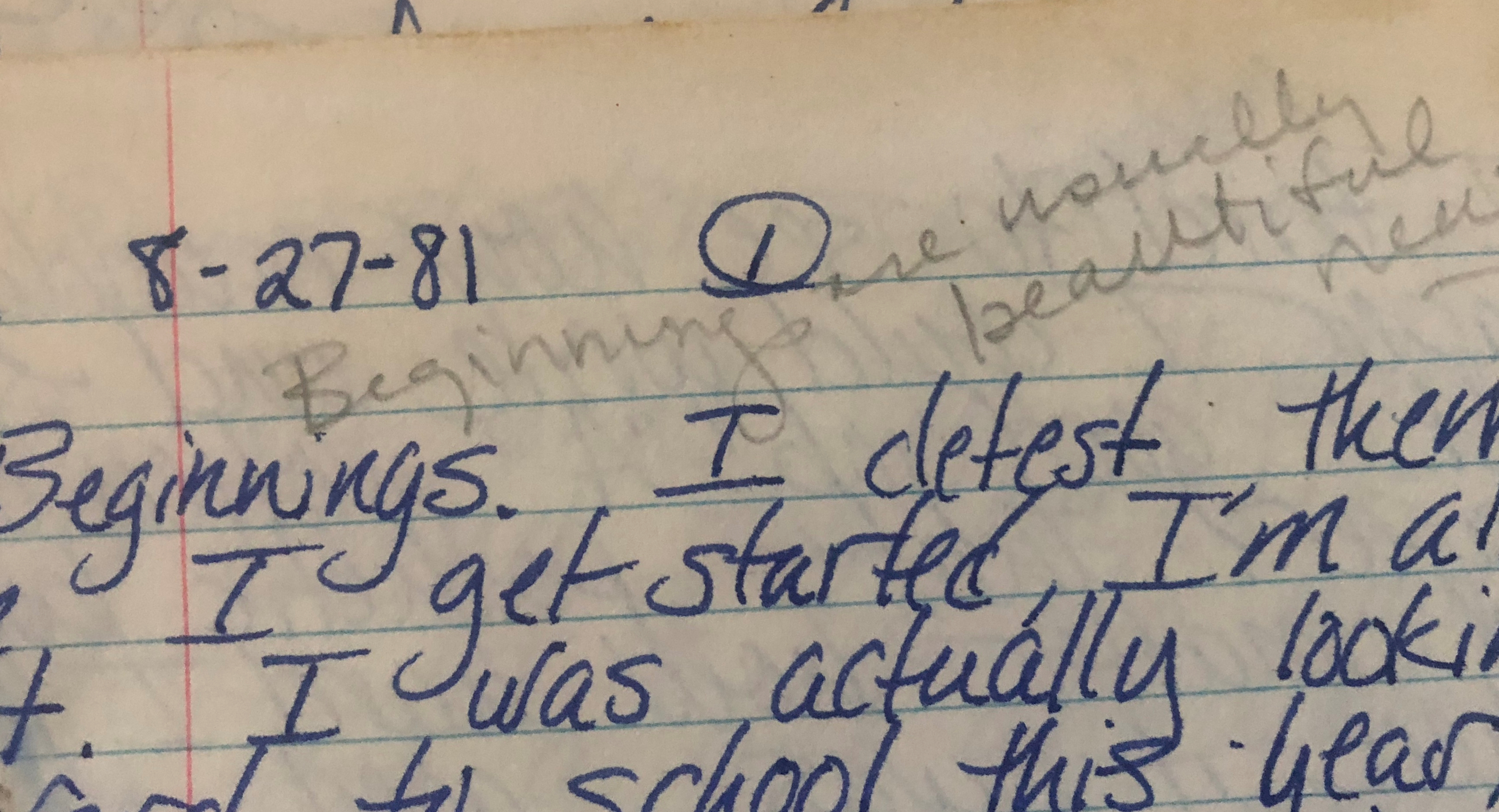
 Bars
Bars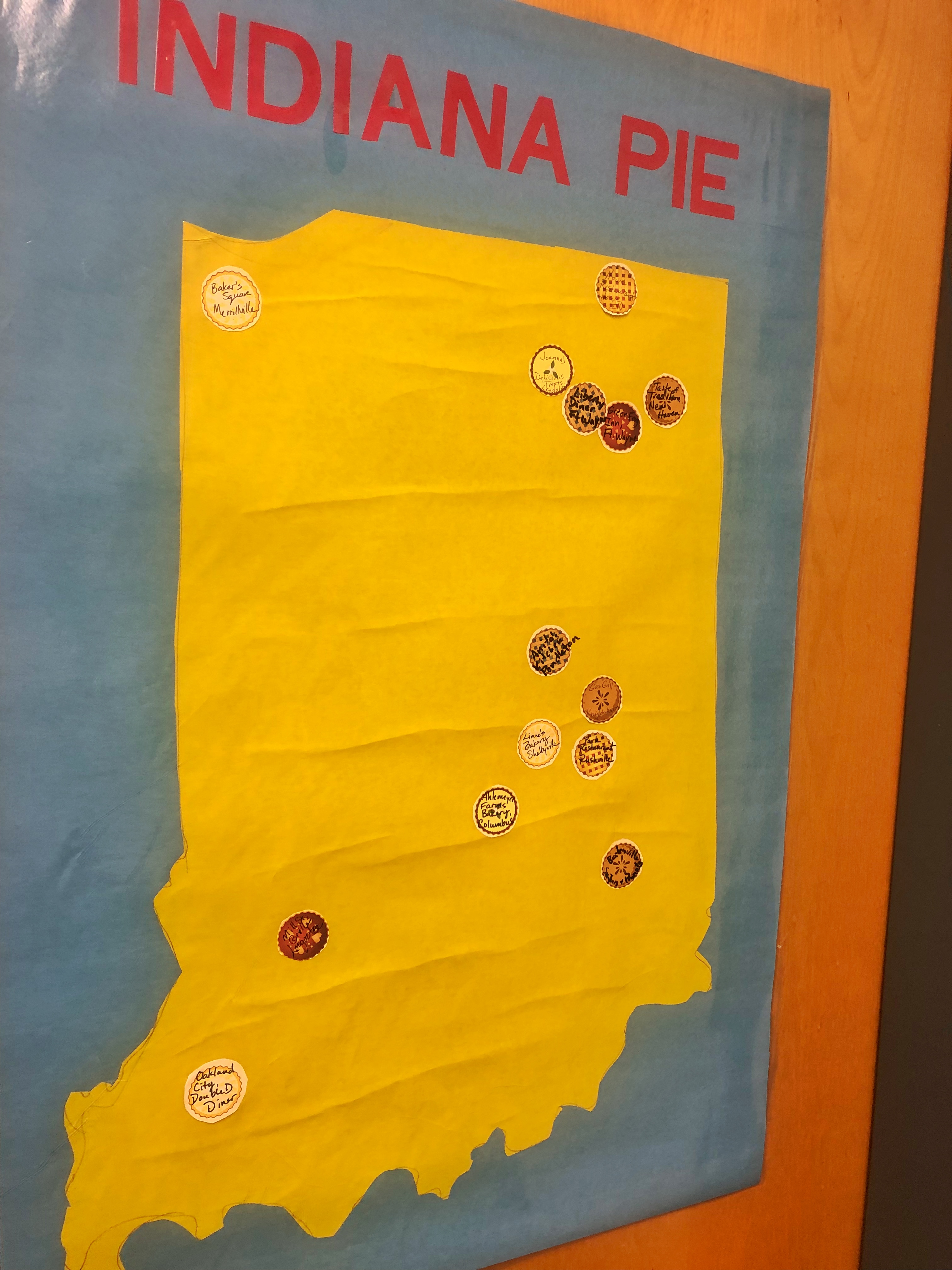
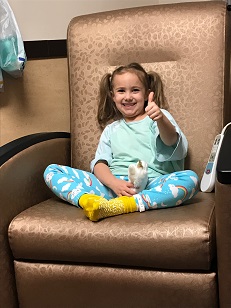
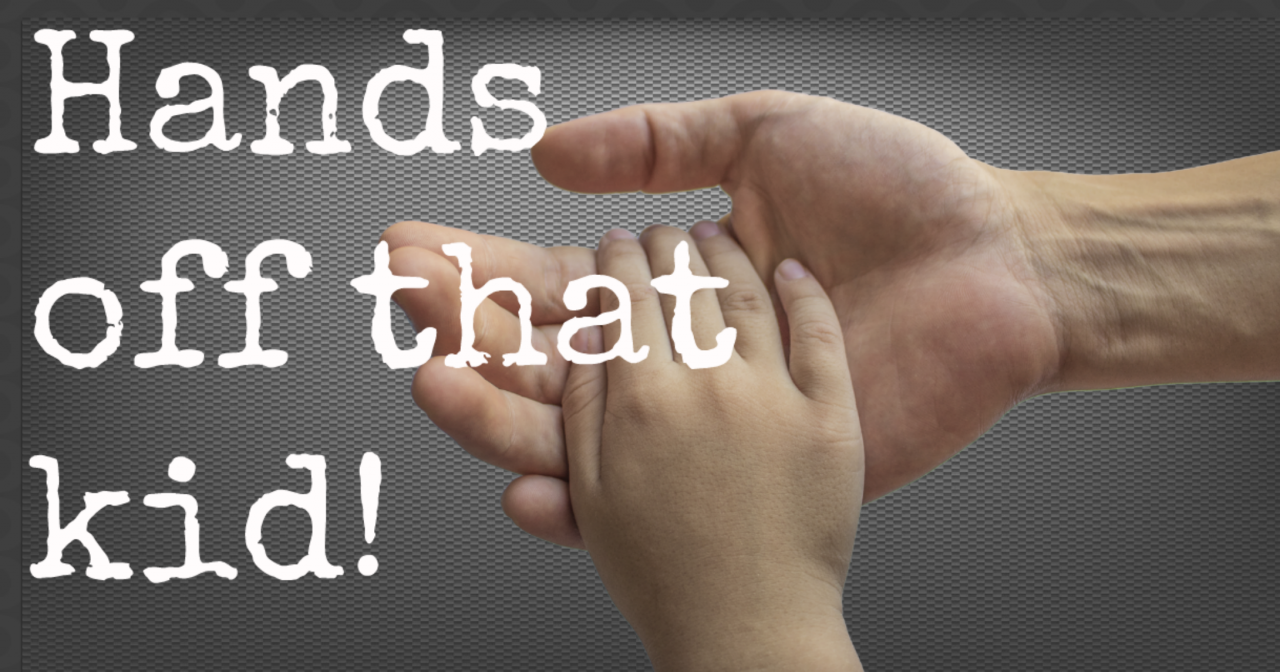

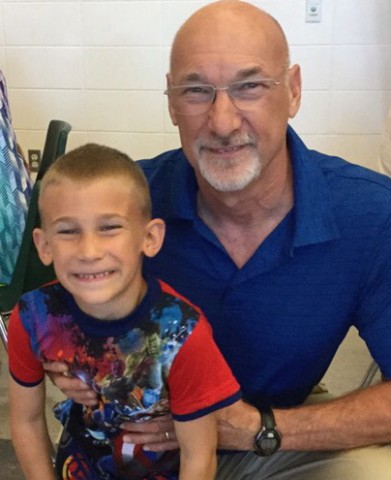
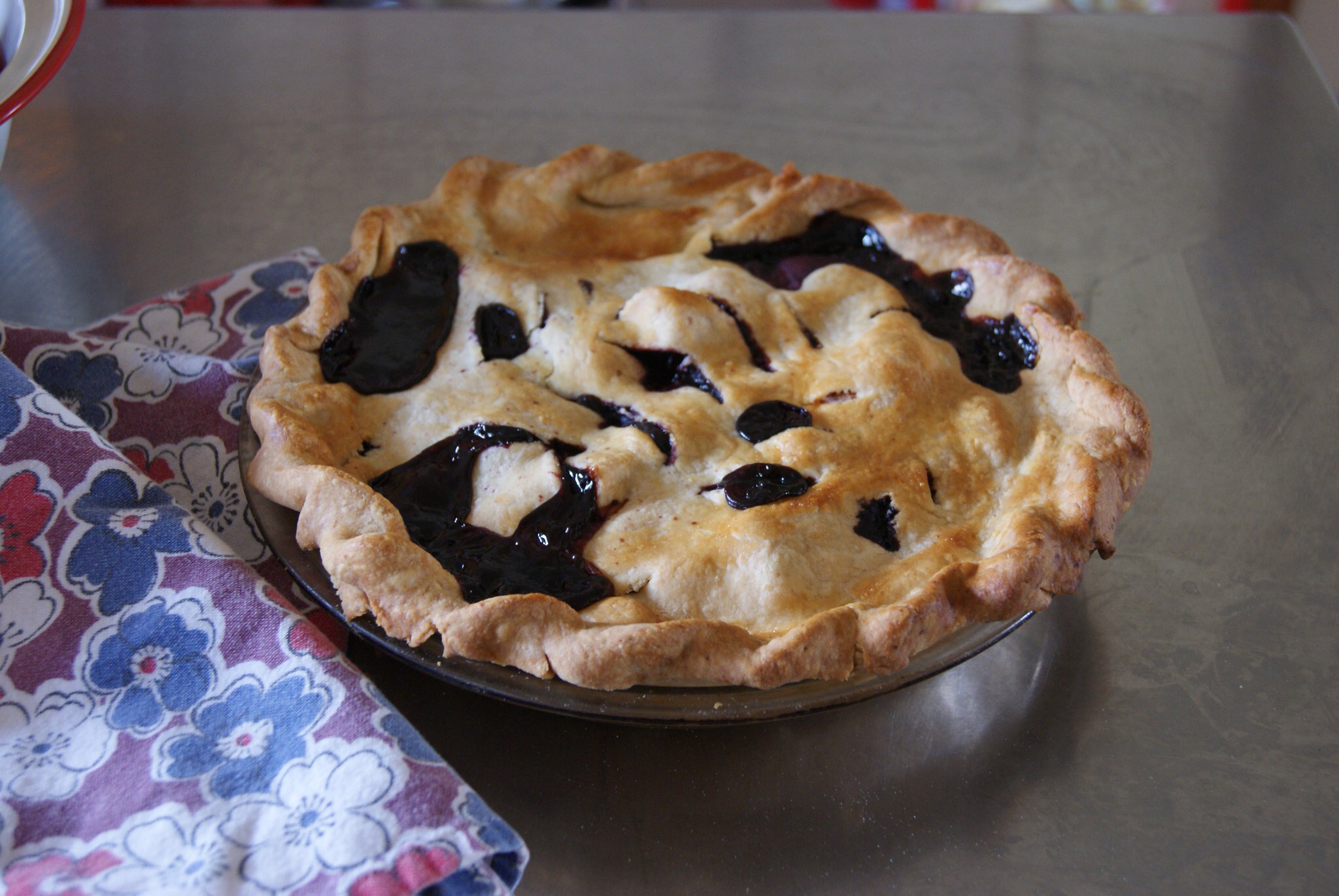
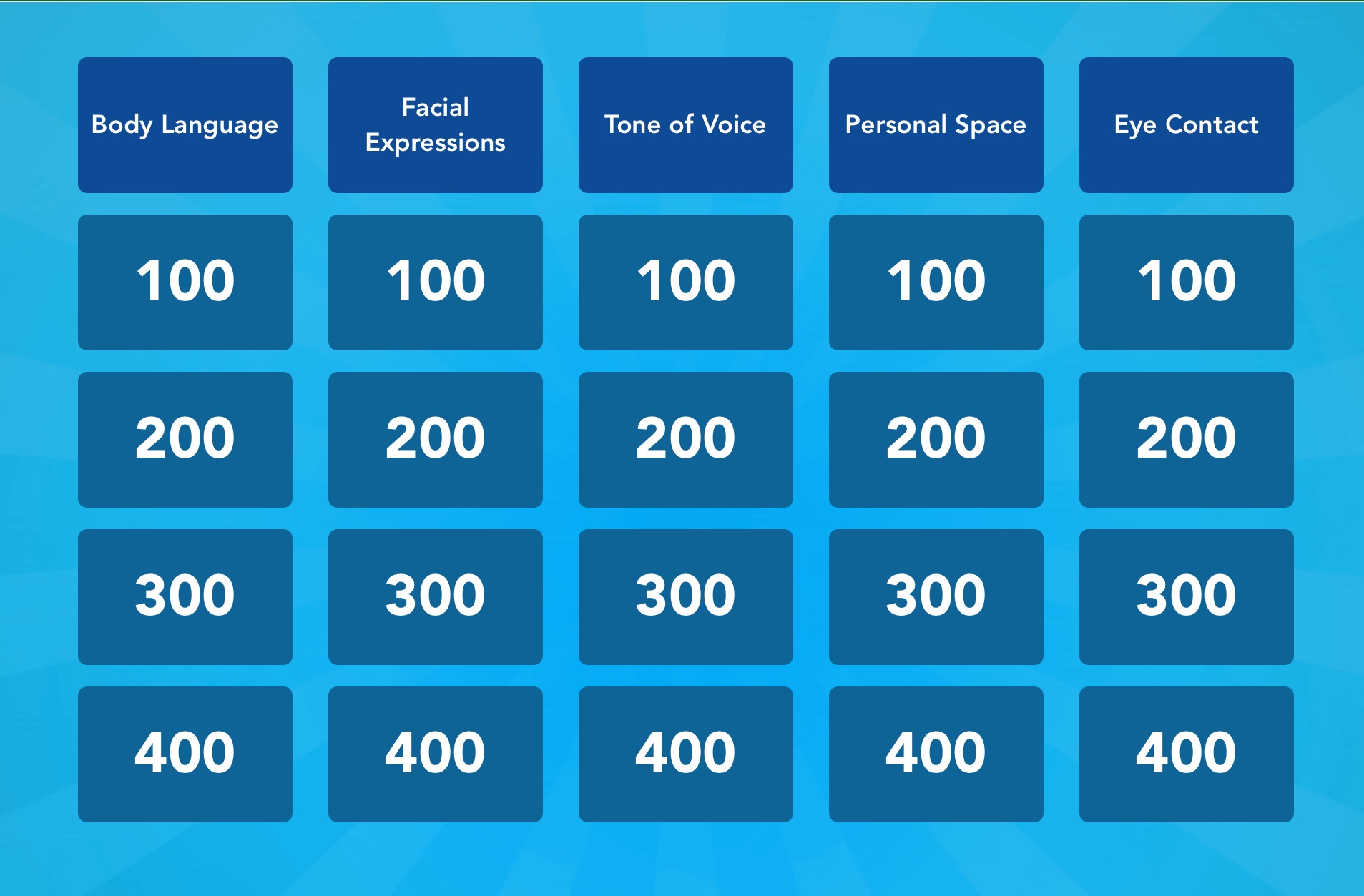
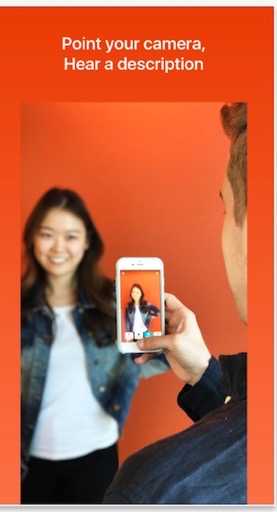
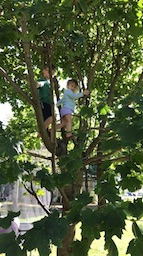
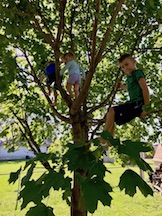
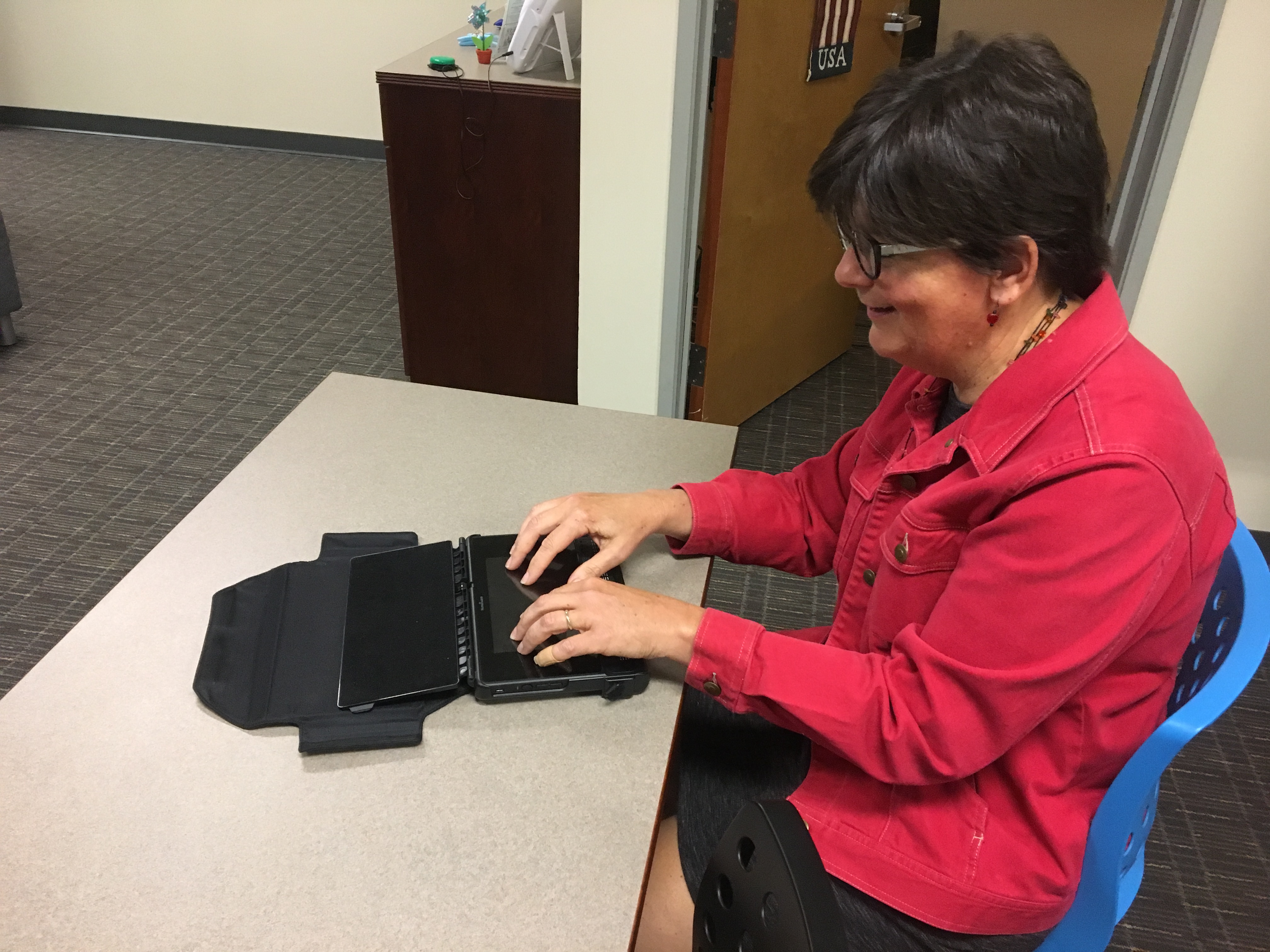

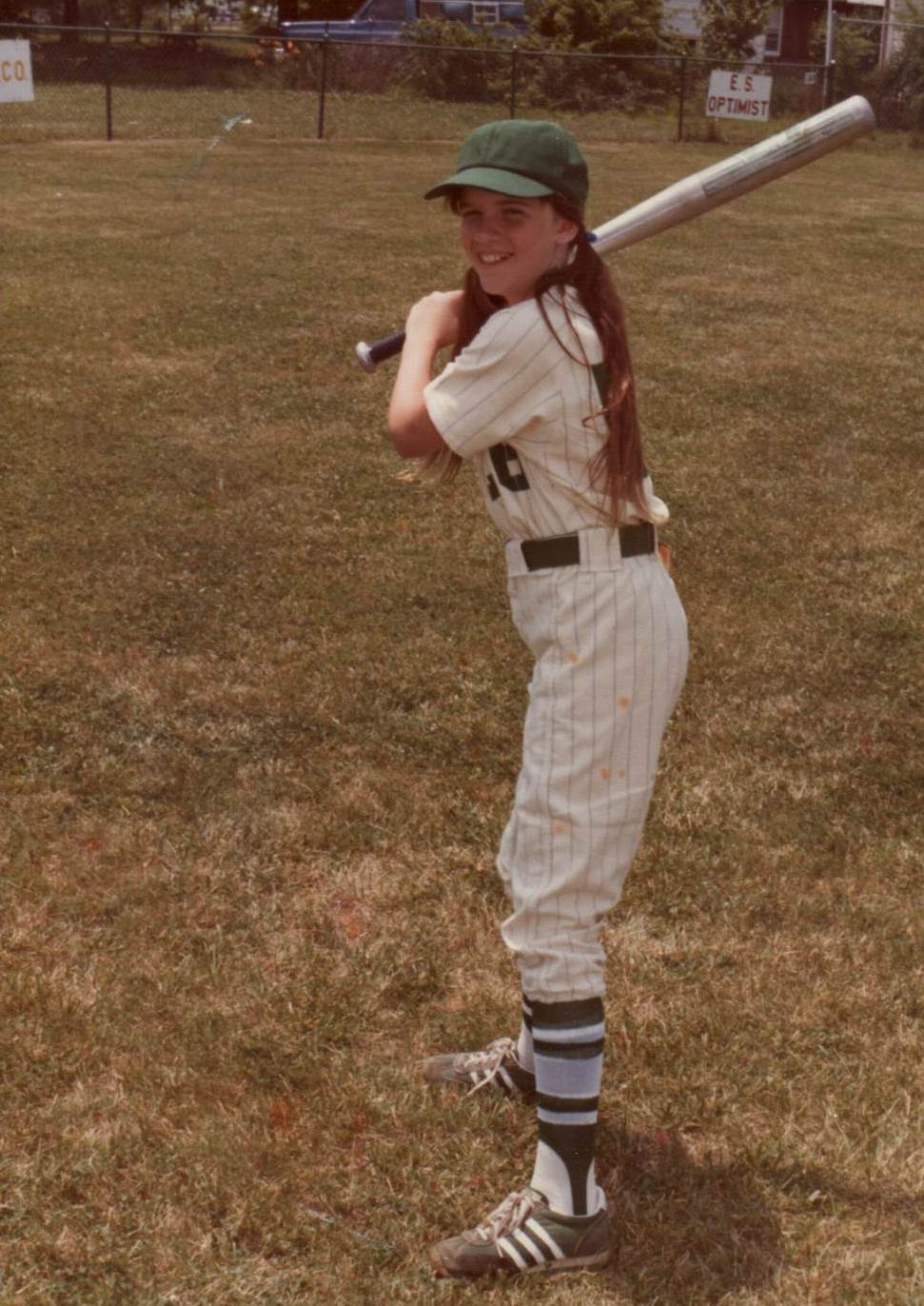
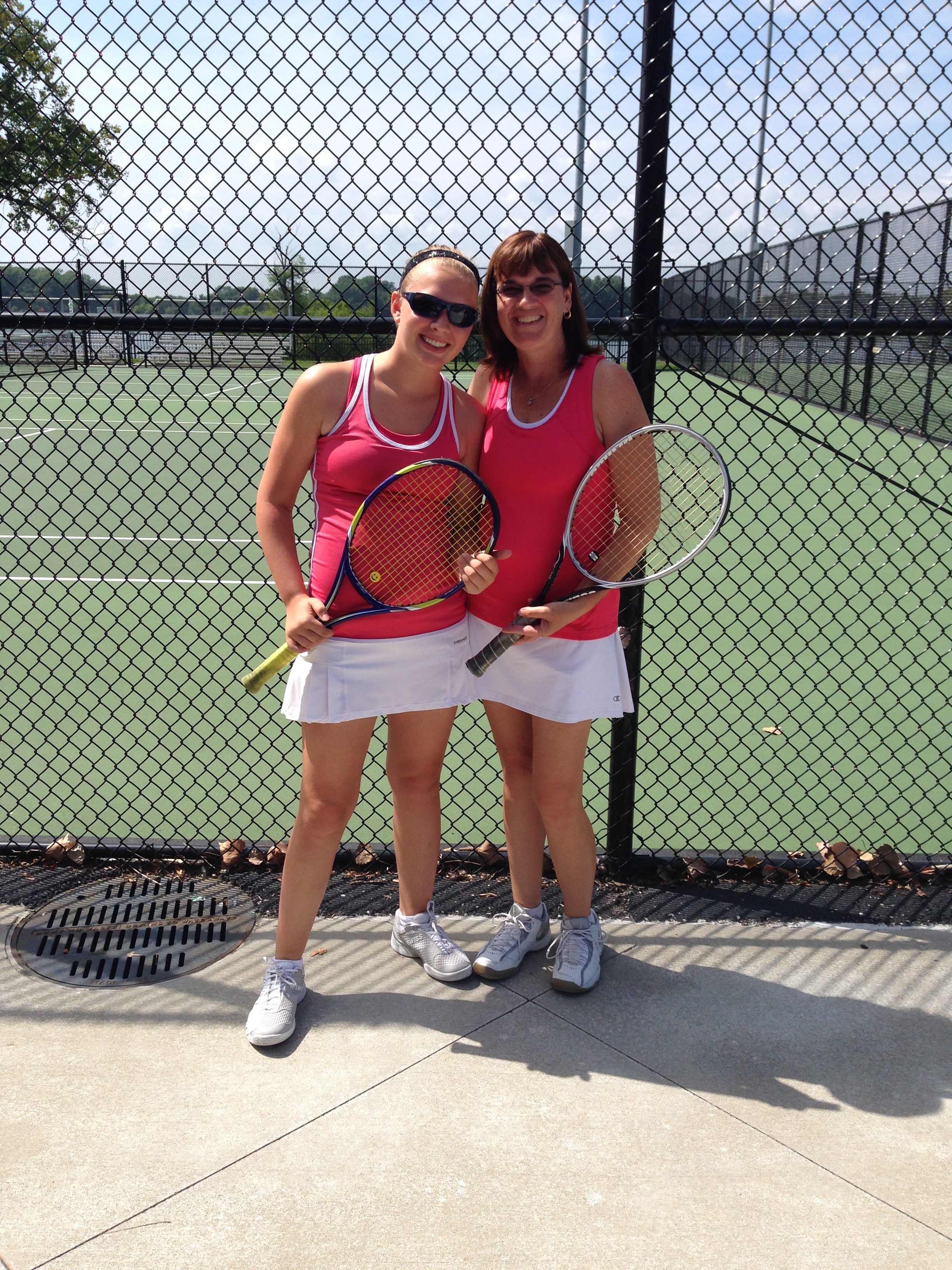
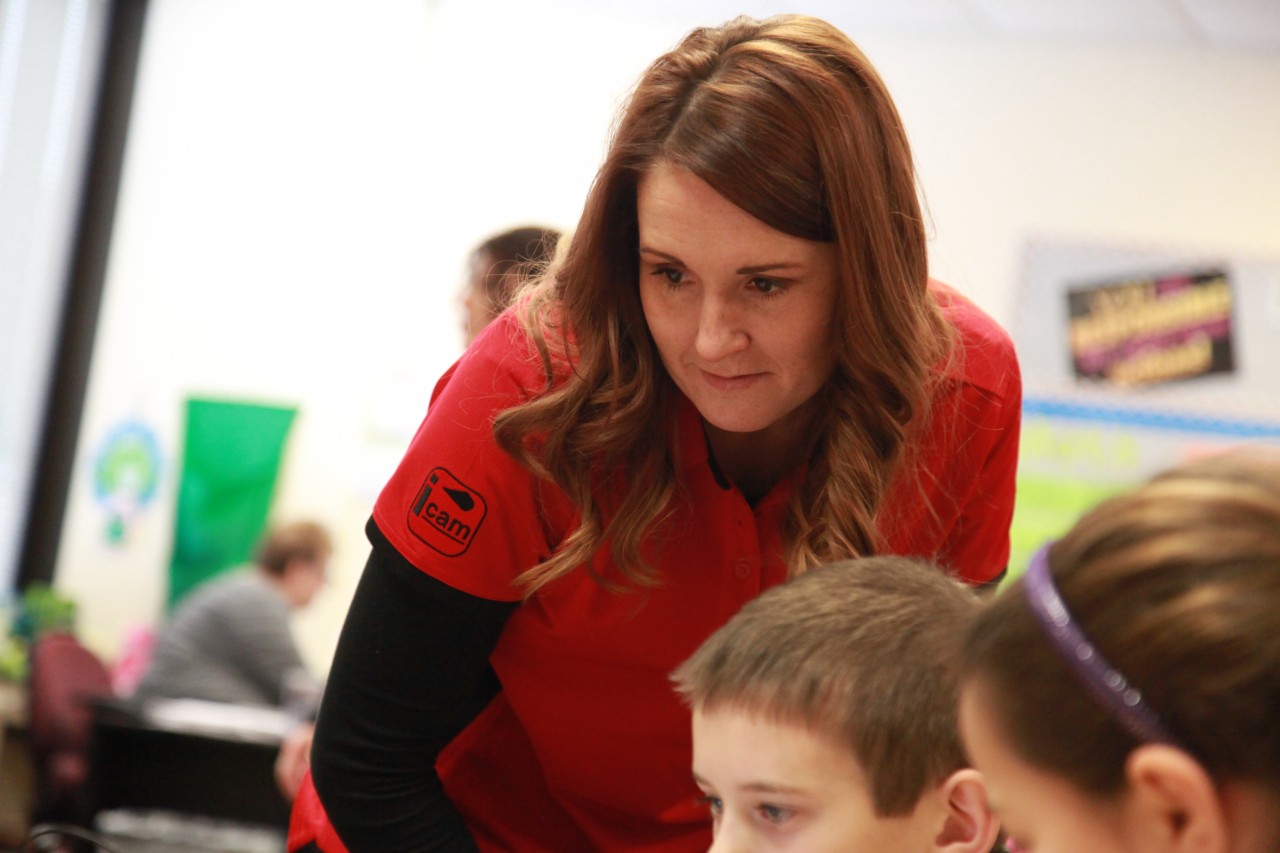
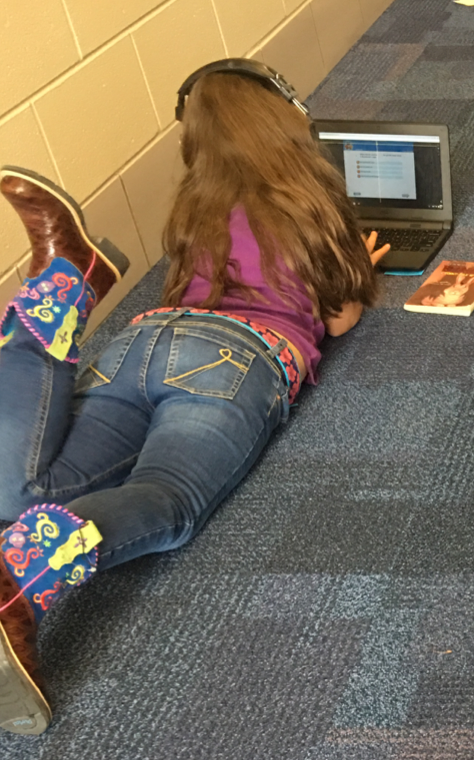

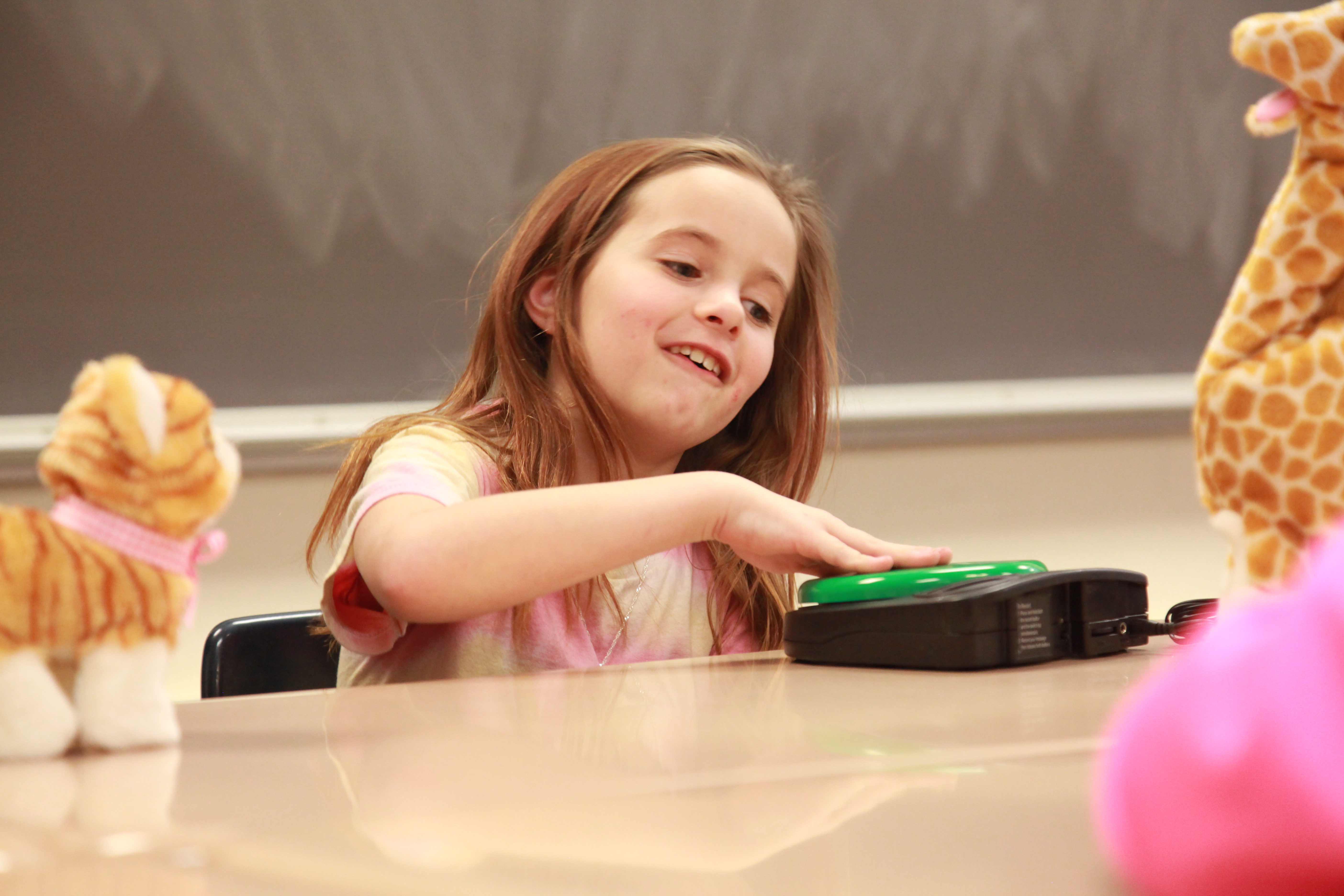
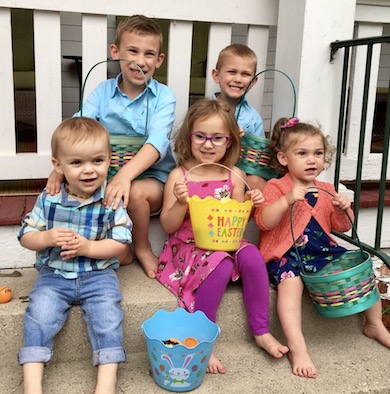
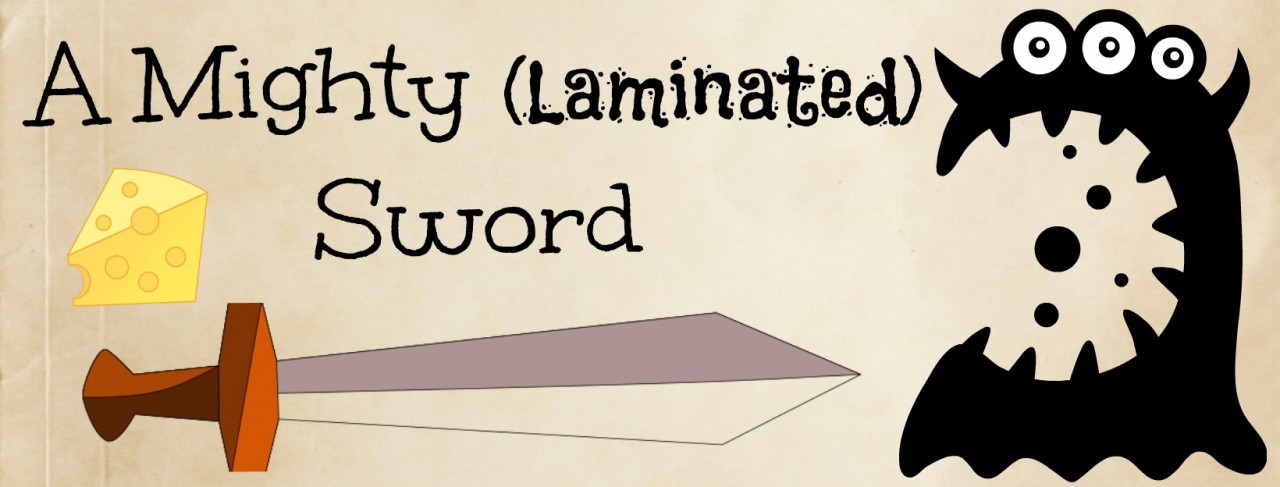



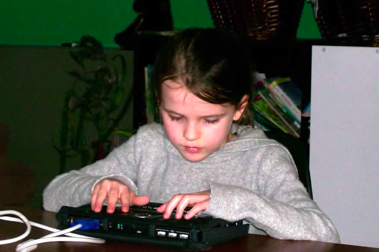
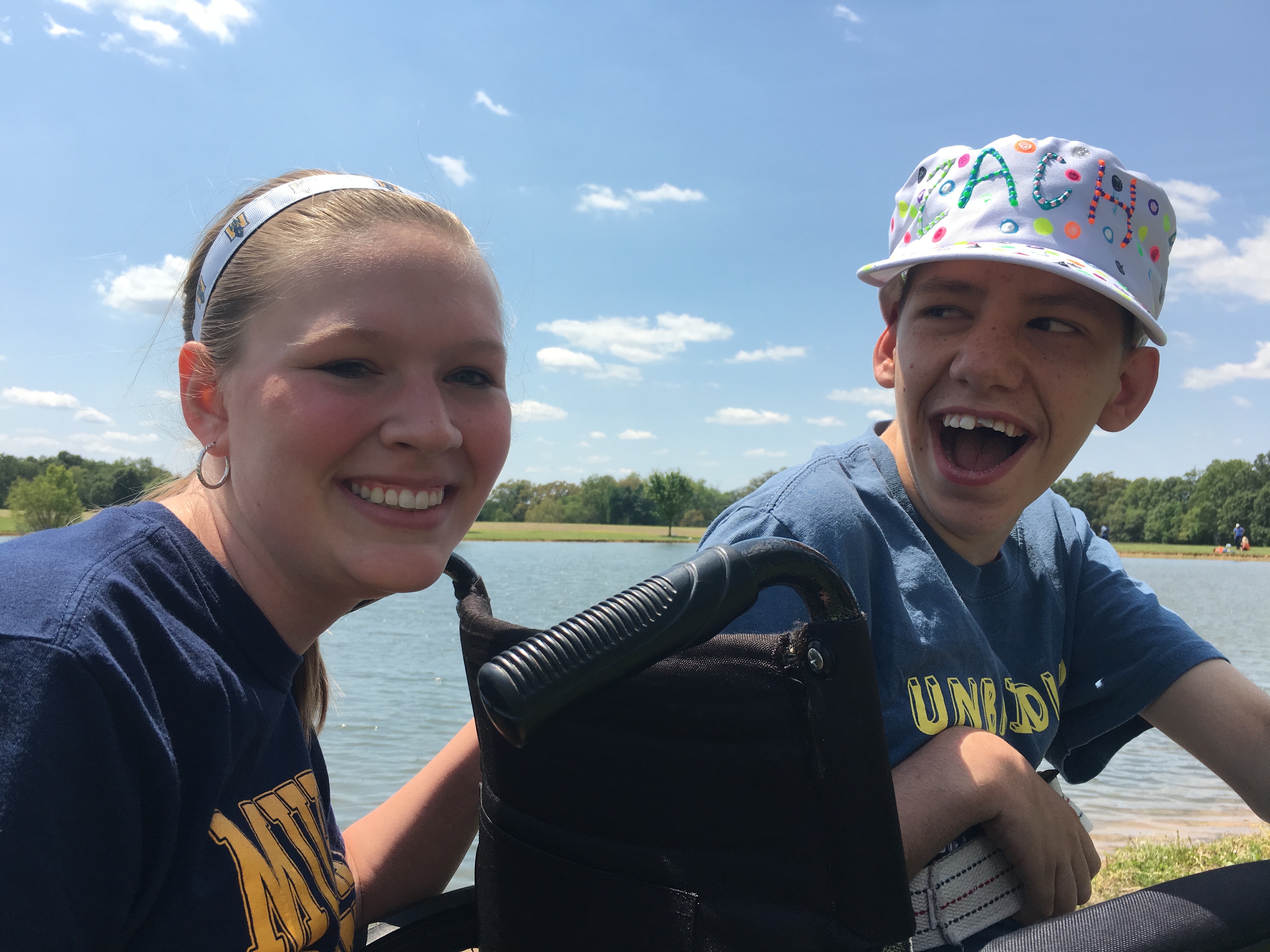 As I was chatting with my daughter the other day she mentioned that she was registering for her senior classes at Murray State University. What? How had the last 16 years passed by so quickly? Courtney was in Kindergarten when I took the assistive technology job with PATINS as a Coordinator. I was new to the field and Courtney became my test subject. I was convinced that this Kindergarten student who told me endless stories non-stop could become a great writer with a little help from Co:Writer. I did not realize that although word prediction was a powerful tool, the student had to have enough tools to guide the story rather than letting the word prediction change the focus of the story. She would begin in writing about a bat, but when she typed ba and it predicted ball her story would take a new direction. It was a great lesson that I needed to learn and she would help me learn many more lessons over the years. I am happy to report that she is a great writer and although she never used word prediction, she was cognizant of this tool as well as many others. She now uses both low-tech (a wonderful proof-reader and my best friend, Donna) and high-tech (Grammarly).
As I was chatting with my daughter the other day she mentioned that she was registering for her senior classes at Murray State University. What? How had the last 16 years passed by so quickly? Courtney was in Kindergarten when I took the assistive technology job with PATINS as a Coordinator. I was new to the field and Courtney became my test subject. I was convinced that this Kindergarten student who told me endless stories non-stop could become a great writer with a little help from Co:Writer. I did not realize that although word prediction was a powerful tool, the student had to have enough tools to guide the story rather than letting the word prediction change the focus of the story. She would begin in writing about a bat, but when she typed ba and it predicted ball her story would take a new direction. It was a great lesson that I needed to learn and she would help me learn many more lessons over the years. I am happy to report that she is a great writer and although she never used word prediction, she was cognizant of this tool as well as many others. She now uses both low-tech (a wonderful proof-reader and my best friend, Donna) and high-tech (Grammarly).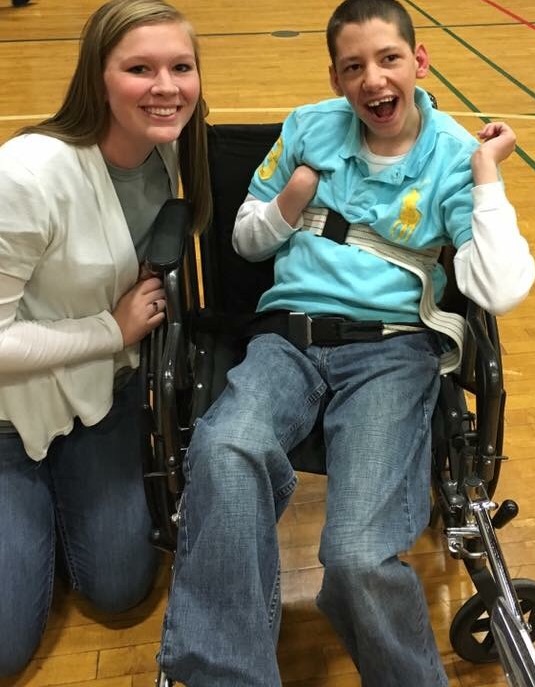
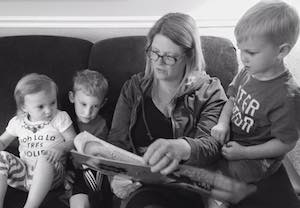 Which brings me to Mimi and my grandkids. We have 5 ranging from 6 years of age down to 6 months. From a very early age, Mimi would “read” picture books to each one. It only has a picture and is wordless, but she would describe the picture in a way that would tell a very short story. As each one has grown older, she would ask if they would like for her to read to them. “Bring me a book”, she will say if they don’t already have one in hand. She has never been turned down. More often than not I hear “Mimi, would you read me this book?” You should know by now that the answer is an overwhelming “YES”. It is a blessing to watch how she draws our grandchildren into her world, no their world. So as I watch this miracle happen, I take pleasure in fact that undoubtedly my grandchildren have found the importance of reading and I have as well. What a precious gift to pass on.
Which brings me to Mimi and my grandkids. We have 5 ranging from 6 years of age down to 6 months. From a very early age, Mimi would “read” picture books to each one. It only has a picture and is wordless, but she would describe the picture in a way that would tell a very short story. As each one has grown older, she would ask if they would like for her to read to them. “Bring me a book”, she will say if they don’t already have one in hand. She has never been turned down. More often than not I hear “Mimi, would you read me this book?” You should know by now that the answer is an overwhelming “YES”. It is a blessing to watch how she draws our grandchildren into her world, no their world. So as I watch this miracle happen, I take pleasure in fact that undoubtedly my grandchildren have found the importance of reading and I have as well. What a precious gift to pass on.
